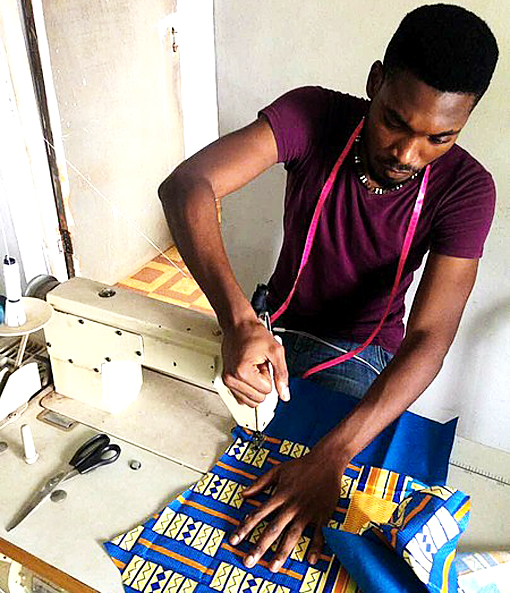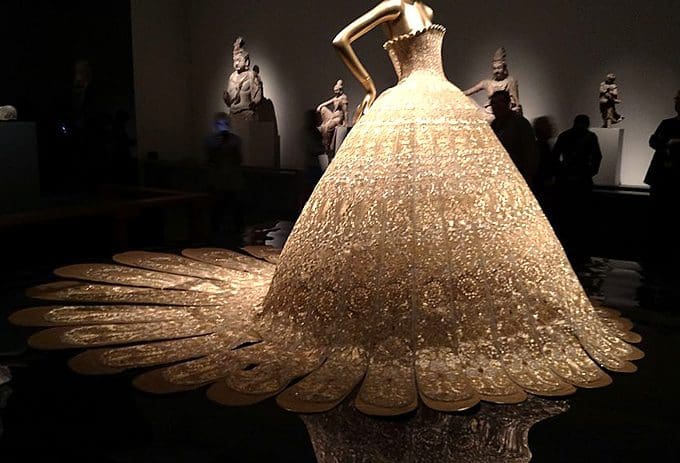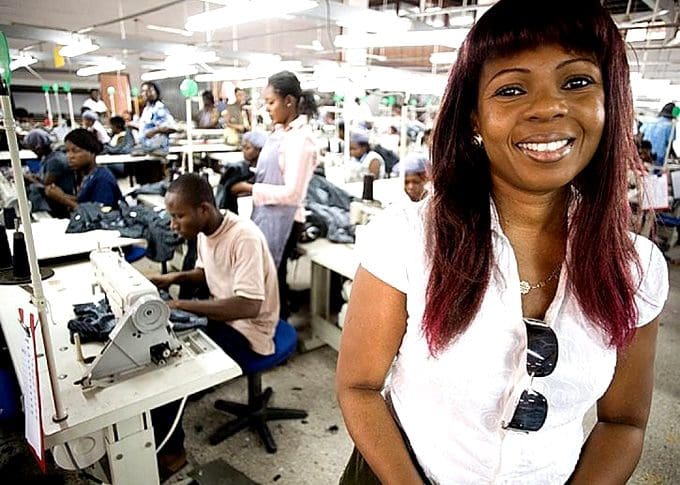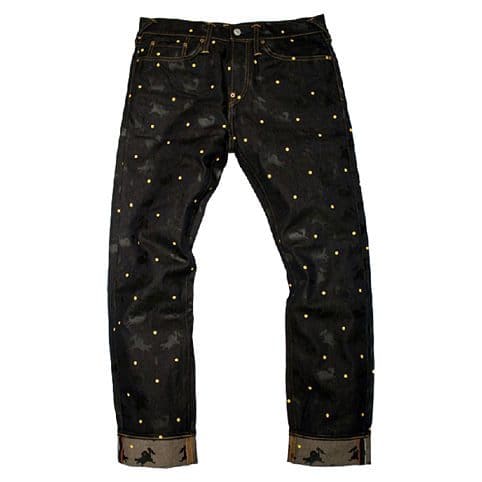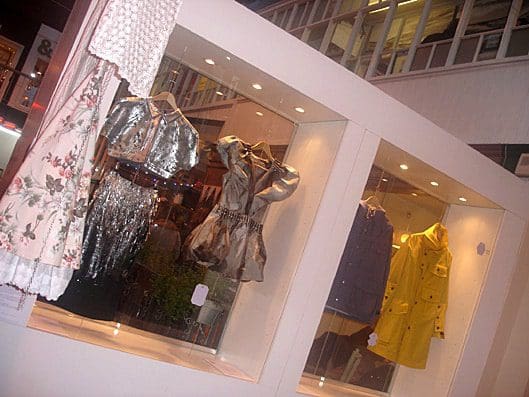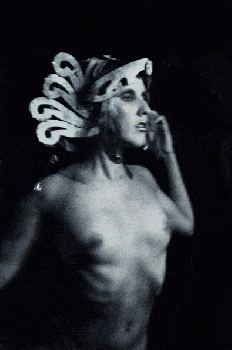words Al Woods
A large number of highly successful clothing brands started from very humble beginnings, and you’d be surprised at how many high fashion brands were started by a few friends in a basement. Tommy Hilfiger, for instance, started by buying non-descript jeans, remaking them, and selling them for a mark-up through local retailers.
The fashion business was already one with a relatively low barrier to entry, but it has basically been shattered by the internet. These days, literally anybody with a dream and an idea can start a brand, even on a budget. Here’s how you can start your clothing label in 2020 in 5 easy steps.
Learn the Basics
Though there are many fashion designers who have little to no tailoring experience, getting at least a basic formation could help. This way, you’ll be able to give more informed feedback to designers, make recommendations that make sense from a design standpoint, and get final designs that are closer to your vision.
You don’t have to pay a fortune or commit to a long program either. You could get a formation through a tutoring service like Superprof. They have tons of dedicated tutors who’ll be able to teach you things like sewing, design, knitting and creative embroidery for as little as £14 per hour. Some of these people have worked with fashion houses, and will even throw in the first lesson for free, so you should definitely give it a try.
Decide What Kind of Products You Want to Sell
Many successful fashion brands started selling specific niche items first, then branched out. Trying to cast too wide of a net can be a challenge, especially if you have a limited budget. Mastering one item will also allow you to establish your brand easier.
One of the prime examples was Von Dutch. They started selling high end trucker hats at first, which spread like wildfire. Selling other items was much easier after, as they were able to build massive brand recognition with a simple, low cost item.
You could focus on anything from dresses, long or short sleeve shirts, hoodies, pants, or accessories. All of these options, however, will need to be approached differently and have their own specific challenges, so make sure that you look in detail into the cost, sourcing, and designing process for each.
Choosing a Business Model
There are tons of different ways that you can approach the market, and each option will have its pros and cons. One of the common options for people starting today is print on demand. This allows you to create custom clothing on the spot that will be shipped directly to the client.
The most beautiful part about this model is that you don’t have to pay a single penny for inventory, and don’t have to worry about surpluses either. But you will need to pay for designs if you can’t do them yourself. You will also need a good website, marketing strategy, and supplier if you want this to work.
However, the issue with this model is that you may have difficulty differentiating yourself from others in the market. With this model, you’ll usually be printing logos and designs on wholesale clothing, so you won’t have as much of a say on things like fit, material, stitching, etc. And the profit margins tend to be lower as well.
The next option is to go for a private label line and buy wholesale blanks. With this option, you’ll be able to have more control on the designs. But you will also need to buy, carry, and distribute inventory yourself. So, you will have to factor in things like shipping and warehousing among other things. You might also have to deal with surpluses, and have to think of a strategy to liquidate excess merchandise.
But by buying inventory in bulk, you also benefit from lower margins in most cases. You can also add some elements to increase the perceived value of your brand, such as custom labels and tags. Furthermore, if you decide to print designs, you can use other processes than direct to garment printing, like screen printing for instance. Results tend to be better using this method, so you’ll be able to charge a premium for this.
The last option is to go full custom, meaning that you control every aspect of the production, from pattern cutting to sewing. This is by far the costliest option, but also the best if you really want your clothing line to reflect your vision.
But this is not easy. You first have to build an atelier, and build your staff. You also have to find manufacturers that will allow you to produce smaller batches at a price reasonable enough for you to make a profit. You’ll also be responsible for sourcing and picking fabrics, and testing samples. Just having a few samples created could cost you well into the thousands, so be aware of that. But if you have the means for it, this is the only way to have full control over your brand and its look.
The Elements of a Successful Clothing Line
Success in this industry doesn’t come overnight, and it’s never by accident either. Some of the main factors that make a brand successful are the quality of their designs and apparel, the niche they chose and how well they cater to it, and branding.
Great brands also find a way to differentiate themselves. The fashion business is easily one of the most saturated there is out there, so differentiation is essential.
Some people differentiate themselves by serving an underserved niche. For instance, Sharp Casualwear sells upscale clothing specifically for men 5’8 and under. This counts for a large portion of the population, yet most clothing lines aren’t designed with them in mind. Bonobos is another example, and they were able to differentiate themselves for their great fit.
If you’re thinking of attacking a broad niche like hoodies or t-shirts with slogans on them, there are plenty of ways that you can differentiate yourself. Instead of just creating random funny slogans, you could target a specific fandom or profession, like firefighters or nurses for instance. Or instead of selling just any type of hoodie, you could sell thick hoodies made specifically for cold climates. These are the kind of small things that will help your brand stand out and reach a whole different segment.
There are some nuances for designing and selling t-shirts online. Everyone owns at least one T-shirt regardless of age, gender, and style preferences, which means that t-shirts are always in demand. That’s why a T-shirt business can help you make extra money in a very short amount of time. If your T-shirts deliver a message that resonates with people you have higher chances for a successful sale.
Find a Great Manufacturer
Working with the right manufacturer can make or break your business. So, before you pick one, make sure that you check their reputation, which sectors they’re specialised in, heritage, locations, capabilities, etc. Also check which brands they have worked with in the past or are currently working with. This part is probably the most important, and you have to look at the details. Something as simple as location could make a huge difference on shipping and turnaround times, as well as communication.
While almost anybody with a heartbeat can start a clothing brand nowadays, it is still a tough market to crack. So, make sure that you get the foundation necessary, and learn everything that you can about the business before you make the jump.


